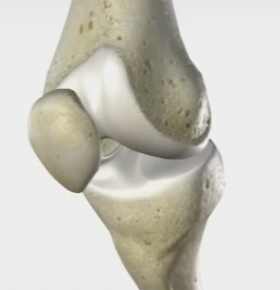

MedFriendly®


Arthrectomy
An arthrectomy is the surgical removal of a joint. A joint is
a place where two bones contact each other. This
procedure is performed when there has been significant
damage to a joint, which would cause severe arthrlagia
(joint pain) and limited functioning of the joint. After the
joint is removed (such as the knee joint), it is surgically
replaced in what is known as joint replacement surgery.
Although an arthrectomy is sometimes defined as an
excision of a joint there is technically a difference among
surgeons between an arthrectomy and an excision.
During an arthrectomy, the diseased tissue is removed
without more of the healthy structures than is absolutely
needed. In an excision, there is removal of all diseased
tissues and certain definite portions of the ends of the
bones.
Knee joint removal is a type
of arthrectomy.
FEATURED BOOK: The Permanent Pain Cure for Joint Pain
Of course, the most extreme surgical treatment is an amputation, where the entire limb is
removed that contains the joint. There are numerous joints in the human body that can be
the target of an arthrectomy, such as ball and socket joints, the elbow joint, the knee
joint, hip joints, and joints in the hand, wrist, and spine. To learn more about the science
of joints, see the entry of arthrology. Arthrectomy comes from the Greek word “arthron”
meaning “joint,” and the Greek word “ektome” meaning “excision.” Put the words together
and you get “joint excision.”
"Where Medical Information is Easy to Understand"™















